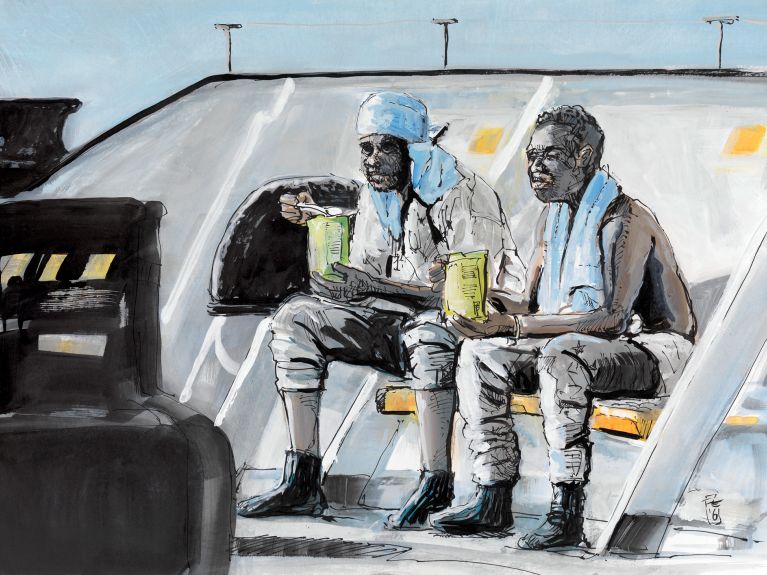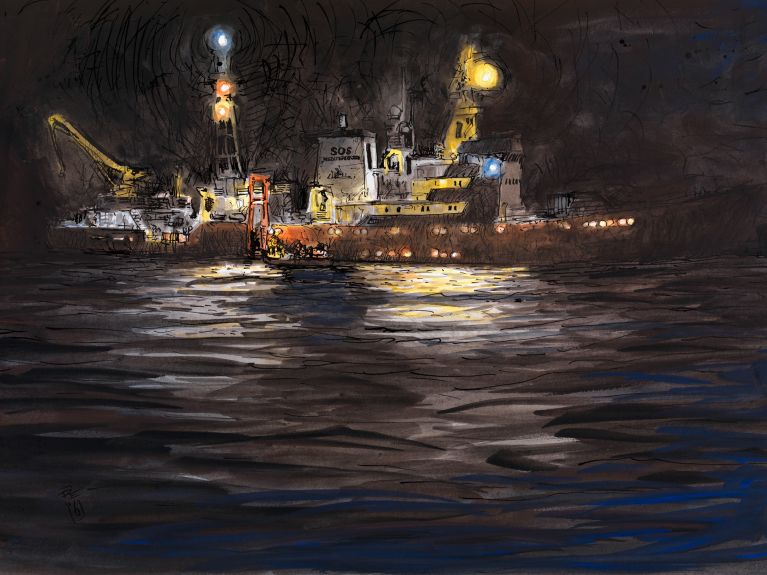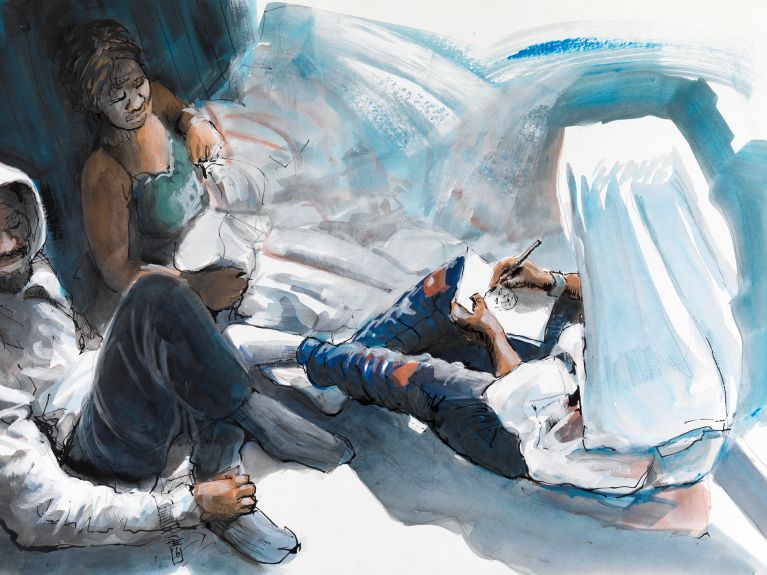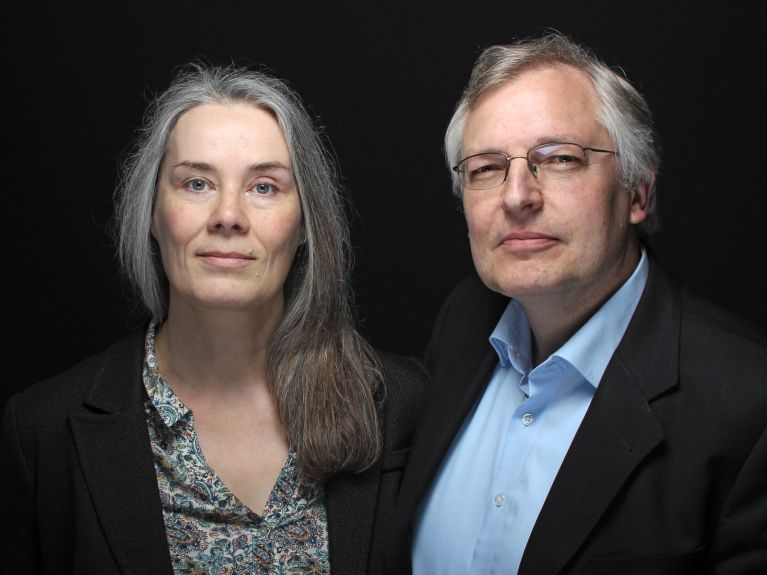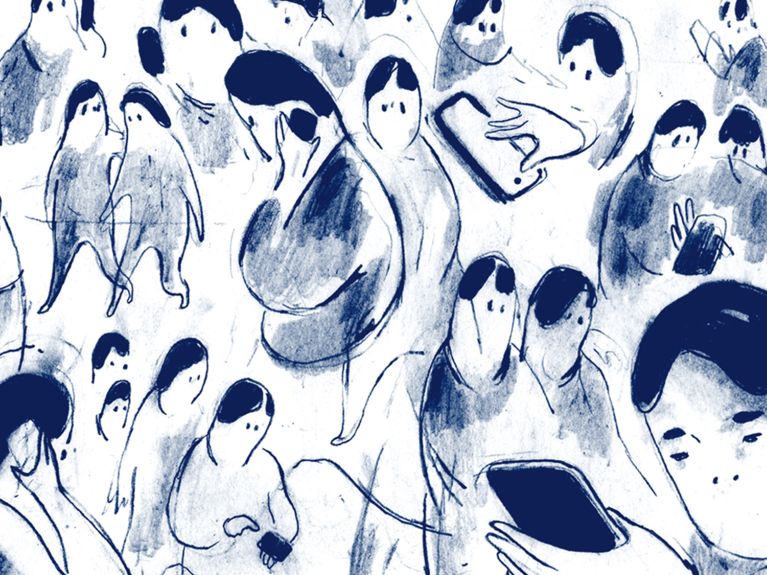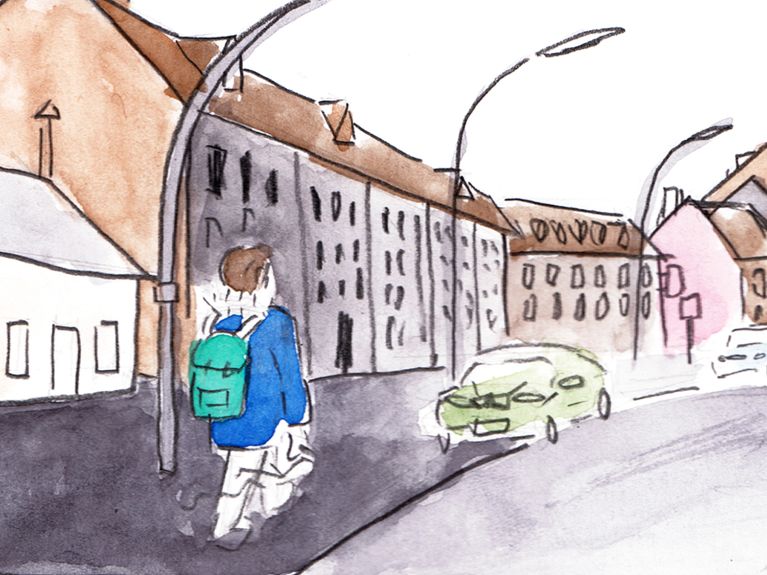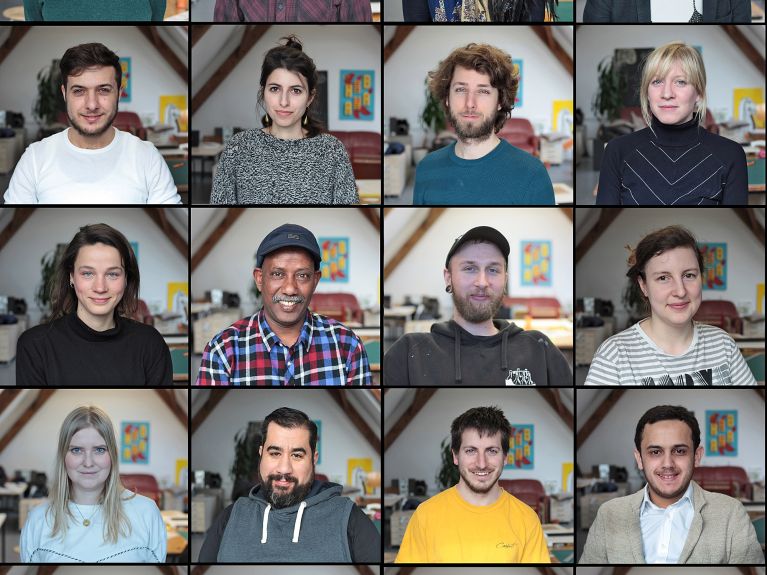Please look very closely
Are comics a suitable medium for illustrating the suffering of refugees? Yes, absolutely! Here is the proof.
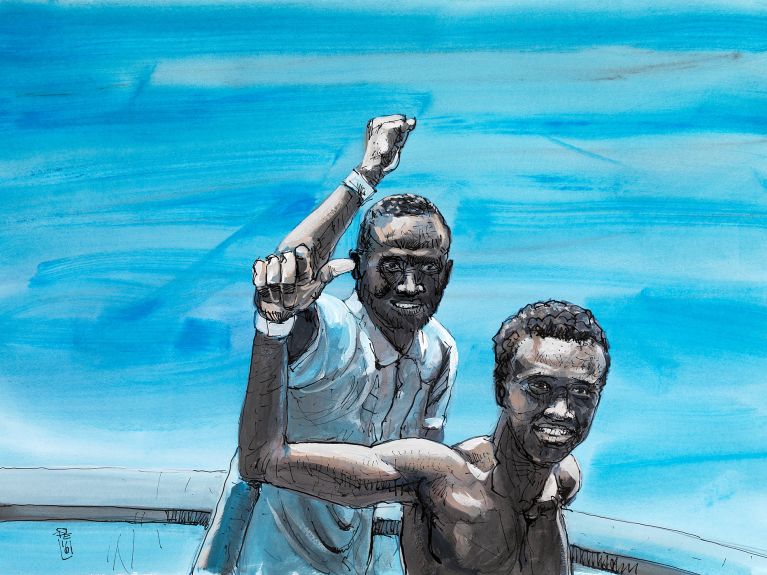
Germany. People waiting in long queues, crying children, desperate families: since 2015, images such as these of refugees from Syria have burned themselves into our collective memory. Several comics from Germany are now addressing this subject – in very different ways.
Loving attention to detail
For his reportage “Dem Krieg entronnen – Begegnungen mit Syrern auf der Flucht” (i.e. Escaped from War – Encounters with Syrian Refugees), the German comic illustrator Olivier Kugler spent four years conducting interviews with refugees on assignments with the organisation Médecins sans Frontières. At first in northern Iraq, then in Greece, France and Great Britain, and then in his home village near Stuttgart. In his painstakingly detailed drawings, Kugler reveals the harsh everyday reality faced by refugees. The images require the reader’s close attention because they combine a number of different timescales and images. The reader gets to know the refugees, as well as their stories, wishes and conflicts of conscience.
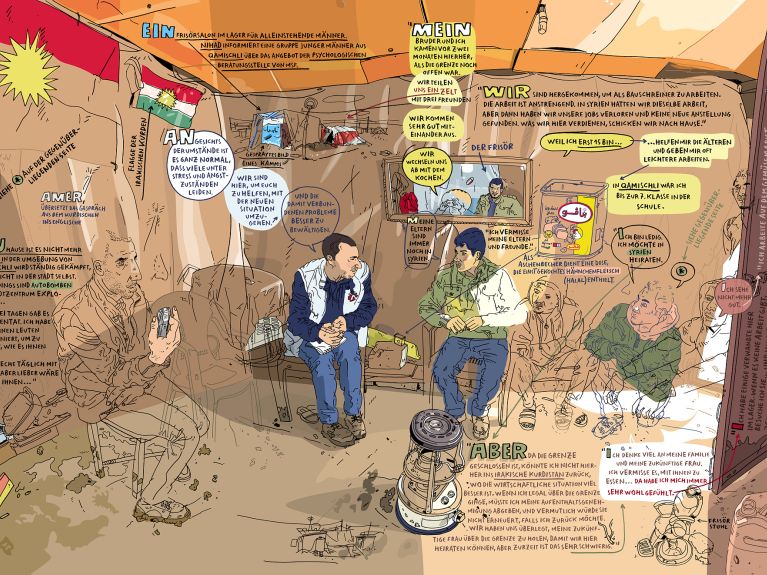
Ship’s diary in pictures
Peter Eickmeyer and Gaby von Borstel’s comic reportage “Liebe deinen Nächsten” (i.e. Love Your Neighbour) documents the work of the initiative SOS Méditerranée. The organisation uses its own ship to rescue refugees in the Mediterranean. The two artists spent three weeks on board in 2015, watching the activities up close. “Liebe deinen Nächsten” begins with ink images that Eickmeyer colourised on the computer. “Actually the entire book was going to look like this”, he explains, “but something was not quite right about it. The computer created a certain distance that was no longer there from the first rescue onwards.” Until that point, he had only seen emergency sea rescue operations in the news. “Then it was a reality.” Which is why he drew all of the emotive illustrations in the second part of the book entirely by hand.
A laboratory for comic journalism
In the project “Alphabet des Ankommens” (i.e. Alphabet of Arrival), journalists and illustrators from ten countries explored how migration shapes people and countries, and how it feels to start a new life in a foreign country. Twelve multilingual comic reportages are the result of a workshop staged in Hamburg by the German Comics Association in March 2017. The journalist Marlene Goetz composed a comic reportage about the psychological traumas suffered by young refugees. “It was a challenge to put such a complex subject into pictures”, she explains. Nonetheless, she firmly believes that “(t)here should be more comic journalism in German media, as it offers a different way of accessing a subject.”
